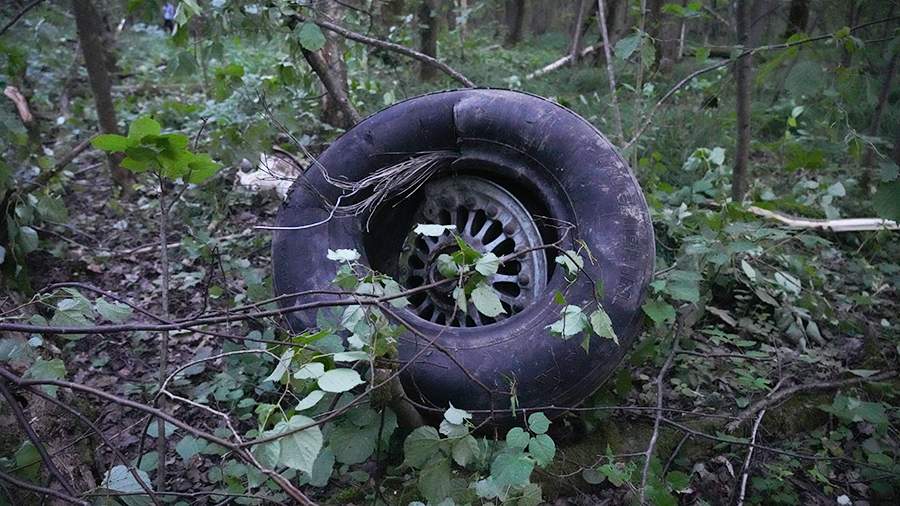


The decoding of the black boxes (FDR and CVR) of the SSJ-100 that crashed in the Moscow region has been completed, TASS and RIA Novosti has learned this information. Now experts are preparing a technical report on the causes of the plane crash, which is not yet made public.
However, the primary reason of the crash of the Sukhoi Superjet-100 Gazprom Avia in the Moscow region is said to be the incorrect installation of angle of attack sensors during a heavy maintenance (c-check). A source familiar with the situation told Izvestia on July 16.
One of the technicians at the Lukhovitsky Aircraft Plant (a UAC branch) installed two of the four sensors with a deviation of approximately five degrees in violation of the operating manual.
As a result, during the climb, unreliable readings from the angle of attack sensors led to the untimely activation of the protection system that prevents the aircraft from entering stall mode, which itself sent the Superjet into the ground.
How Russian Airlines Are Able To Obtain American Or European Made Aircraft Parts , Despite Sanctions ?
As explained to Izvestia, the pilots did not have time to recognize this failure, and fully deflecting the sidestick (control stick) towards themselves would not have helped them bypass this stall protection system and exit the dive, avoiding a collision with the ground.
"If an error is made during installation, they (angle of attack sensors. — Ed.) transmit incorrect data to the control system. Figuratively speaking, the electronics may think that the plane is climbing, but in fact it is flying towards the ground. This is approximately the picture that emerges in advance," said an industry source.
He emphasized that before the flight the aircraft was undergoing routine maintenance, and the flight was a test flight. It is currently being determined at what stage the error could have occurred, and who specifically carried out this work.
According to the source, official conclusions will be made after the investigation, but there are already good reasons to believe that there was a human factor.
"The Superjet is a good aircraft; in the entire history of its flights, there has not been a single case of an aircraft of this type crashing due to its technical condition. But, like any aircraft, it does not forgive mistakes," the source added.
In addition to these information, just two days after the disaster, the operational situation center of the Superjet developer, PJSC Yakovlev, issued an information letter about the need to strictly follow the operating manual when replacing angle of attack sensors.
The Civil Aviation Aircraft Maintenance and Repair Center (TOIR) at the Lukhovitsky Plant has been operating since 2020. During its operation, it has serviced 25 Superjet aircraft of various airlines.
Earlier, on July 12, the Sukhoi Superjet 100 crashed in the Moscow region. There were no passengers on board the aircraft, but there were three crew members on board the plane, who died.
The aircraft belonged to Gazprom Avia and was manufactured in the year 2014. The plane took off from the plant in Lukhovitsy after repairs and was heading to Vnukovo Airport.
The original version of the crash is considered to be the failure of both engines, but an official report is being awaited on this.
A criminal case has been opened on the fact of the incident for violation of air transport safety (Part 3 of Article 263 of the Criminal Code of the Russian Federation).
You may like to read.......
